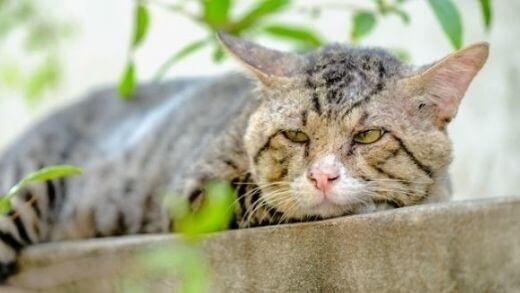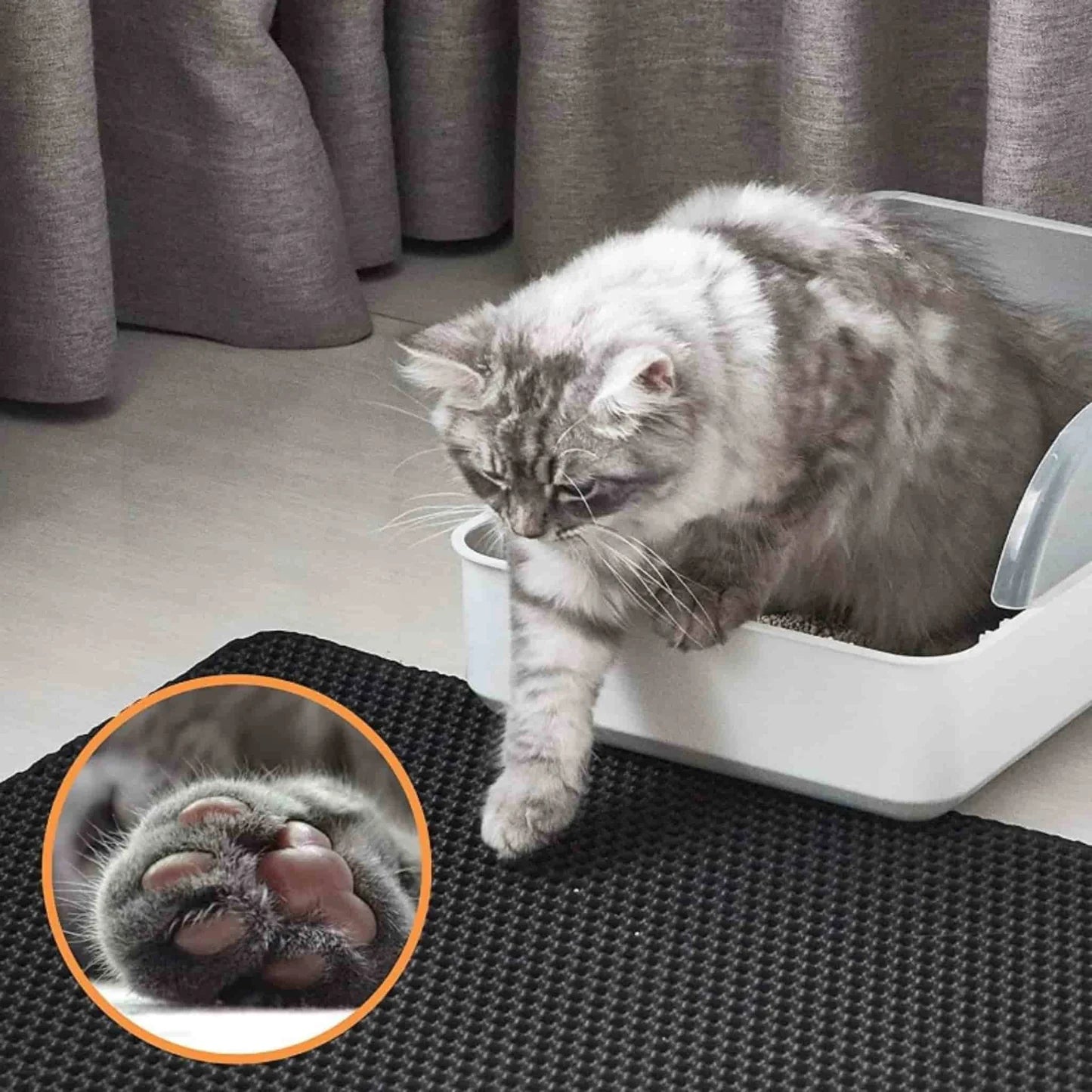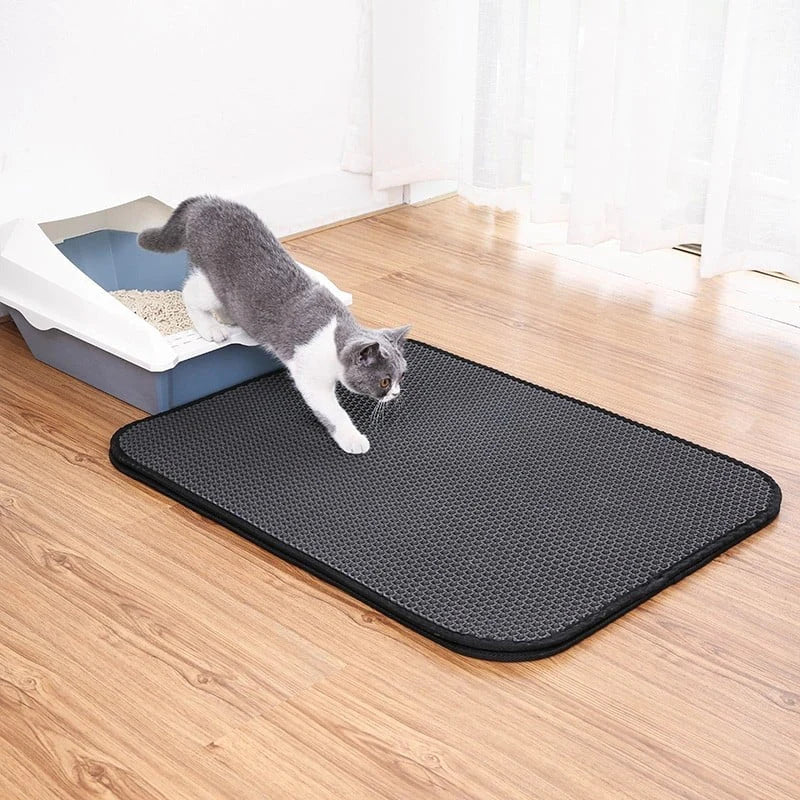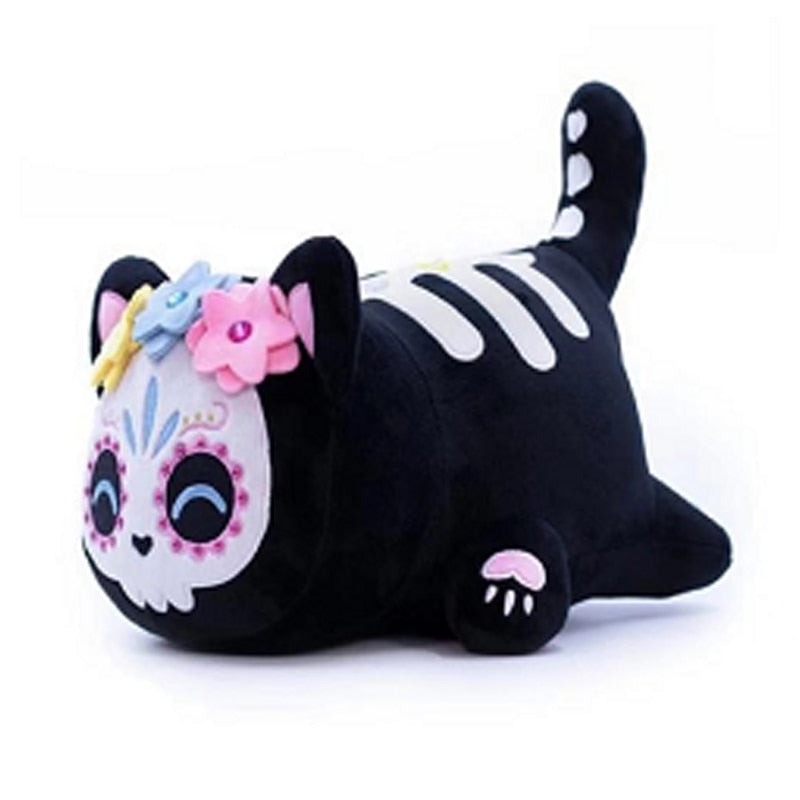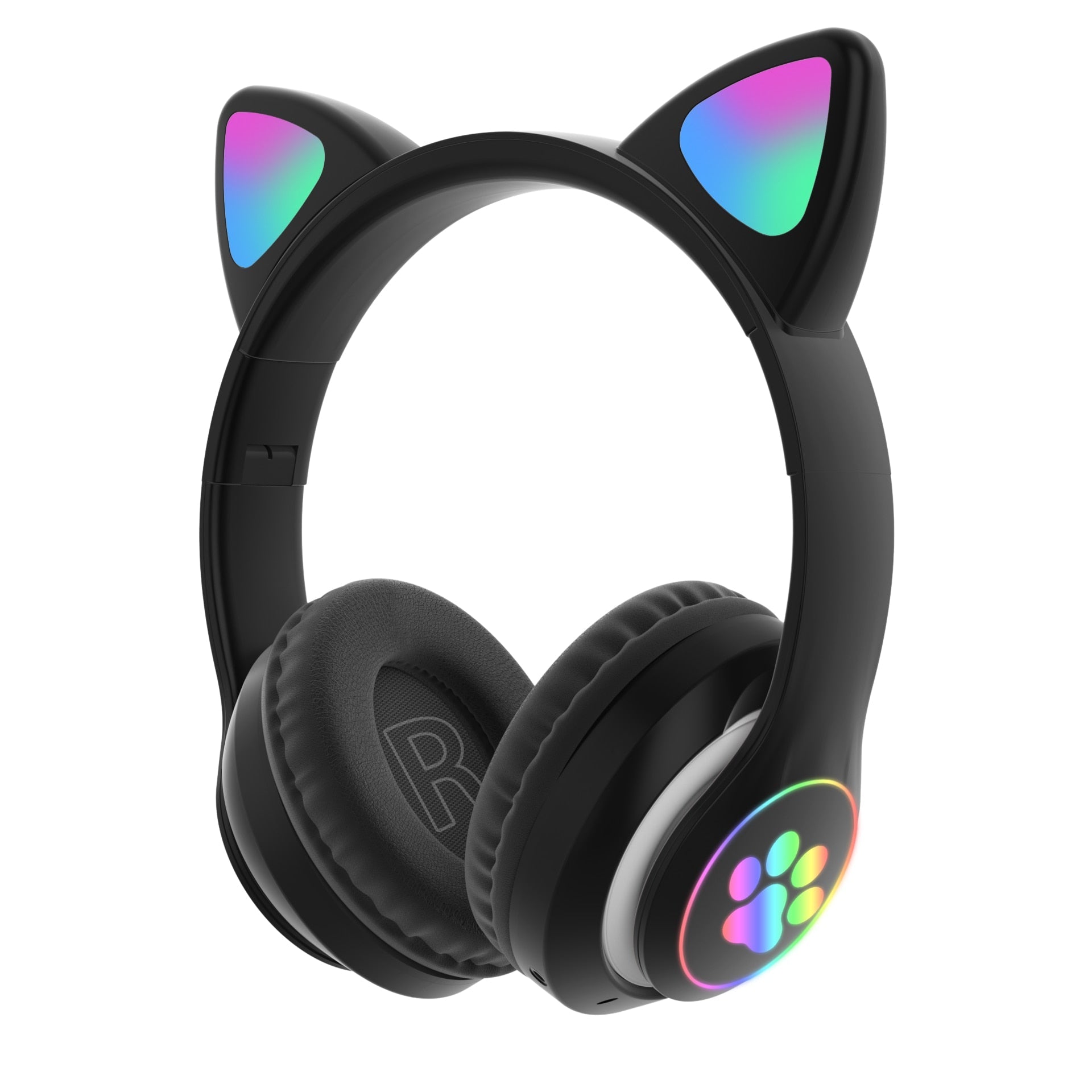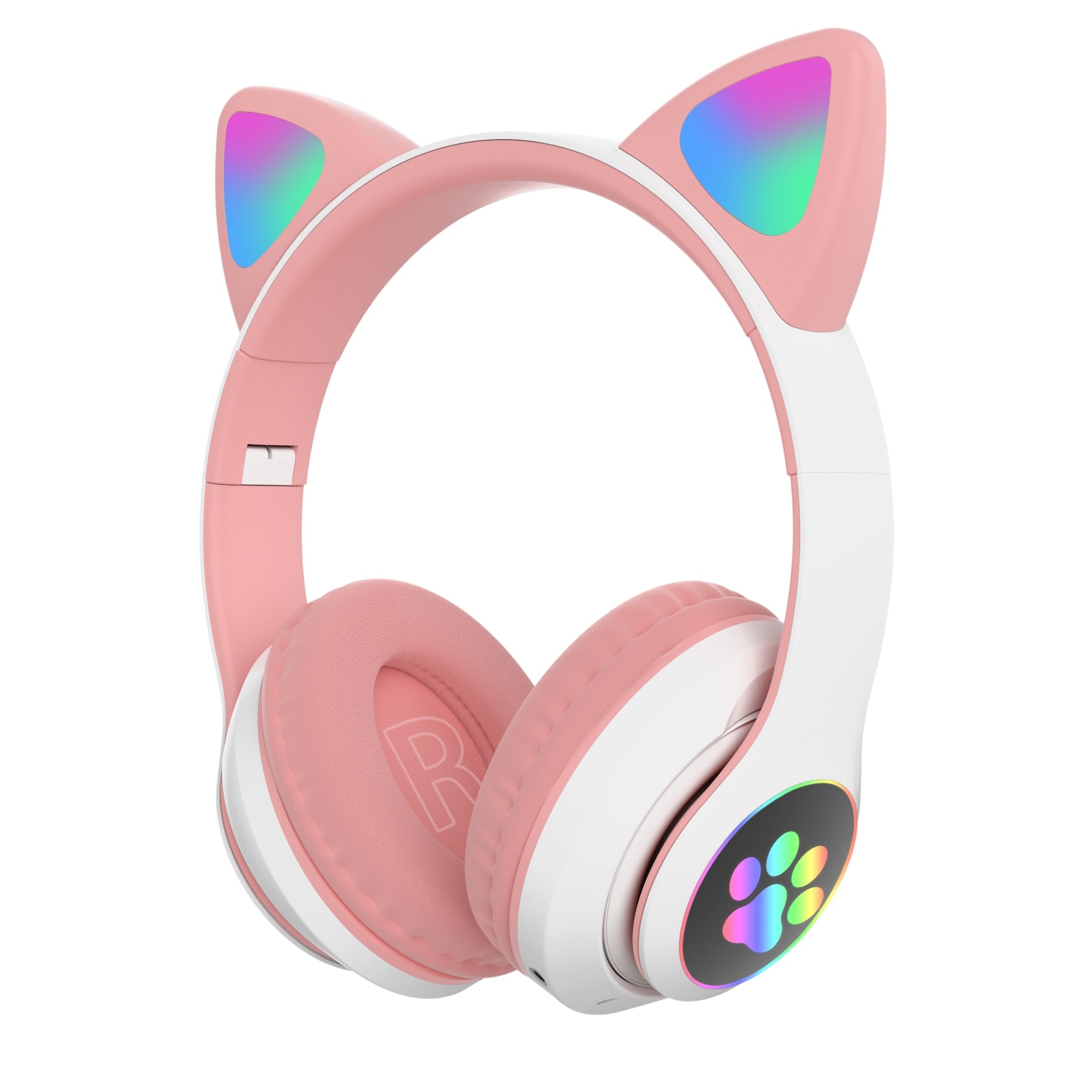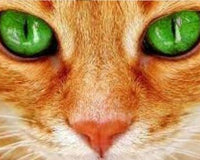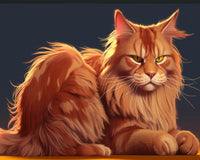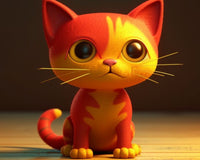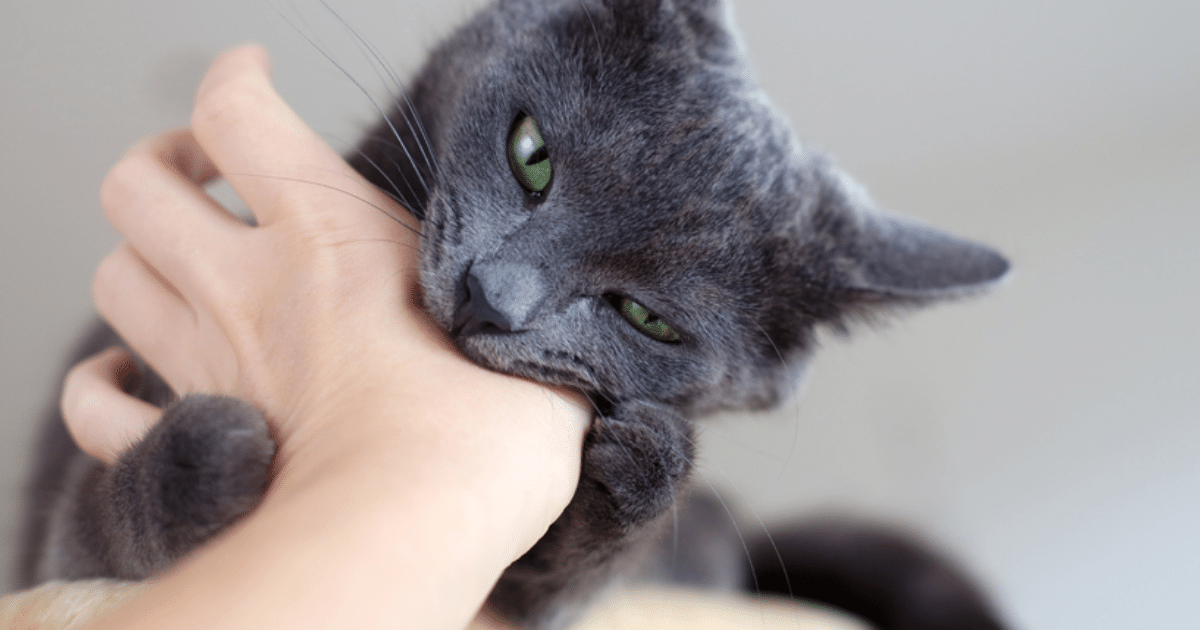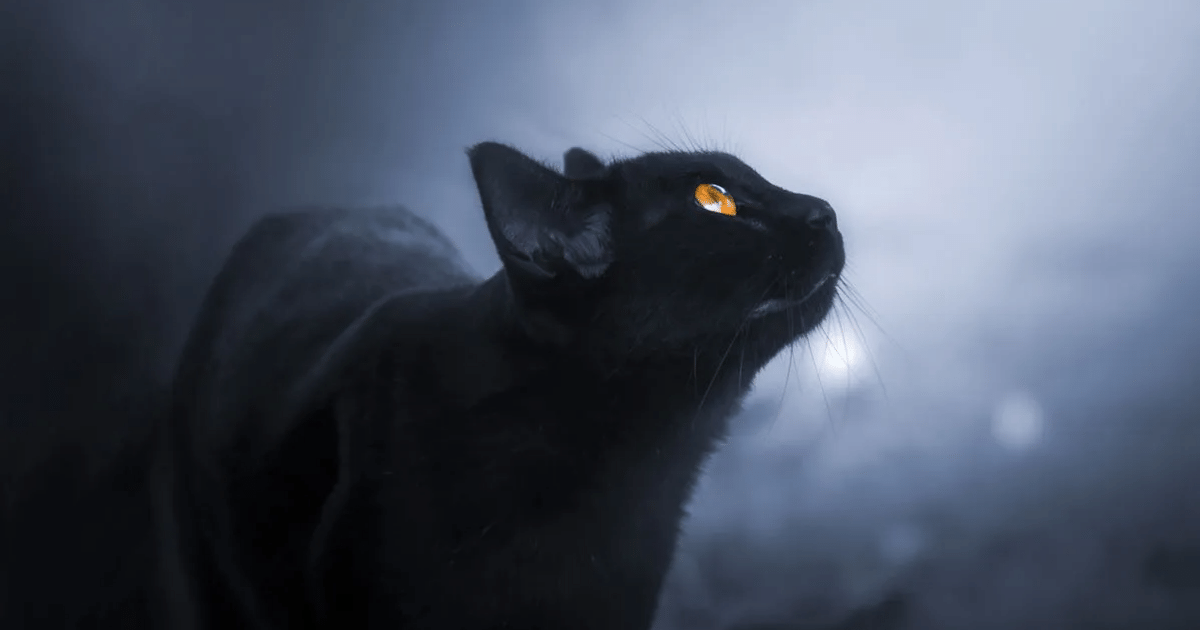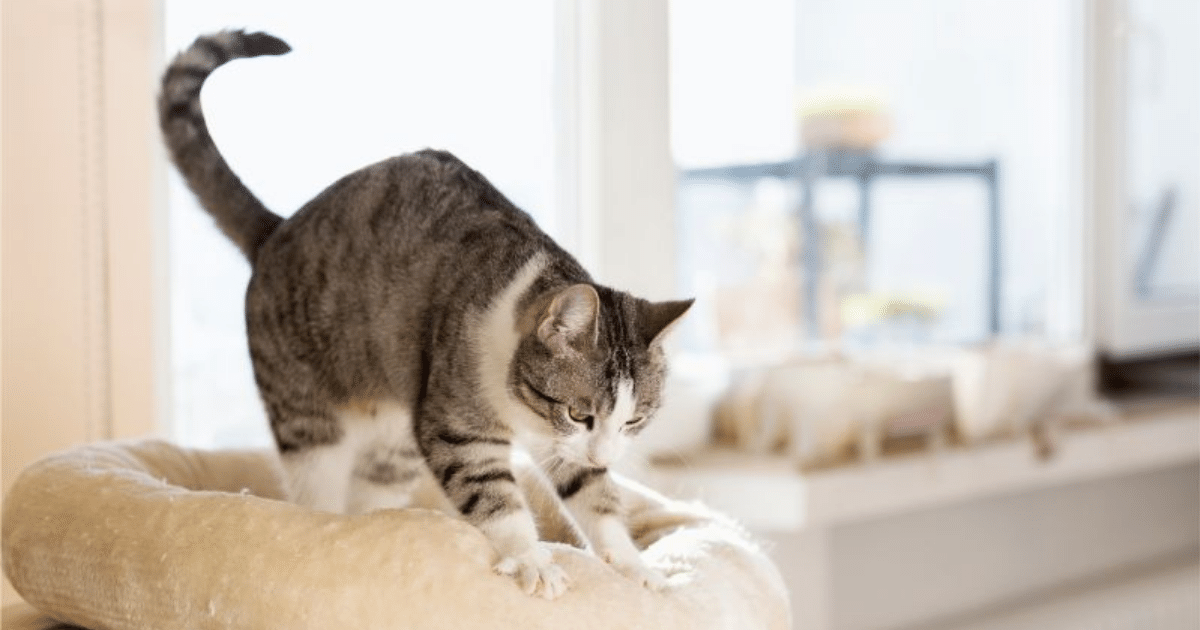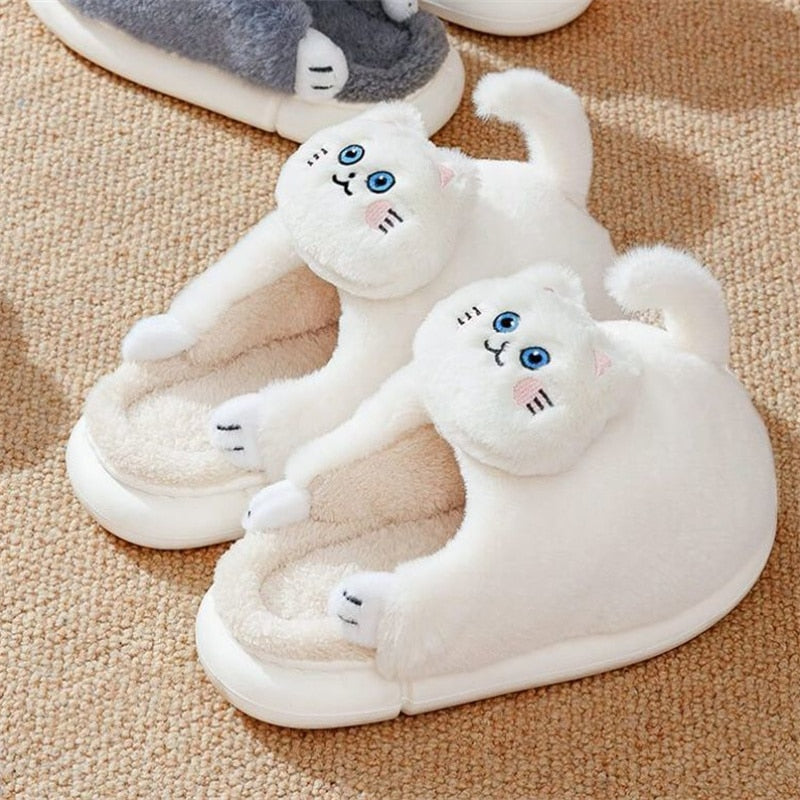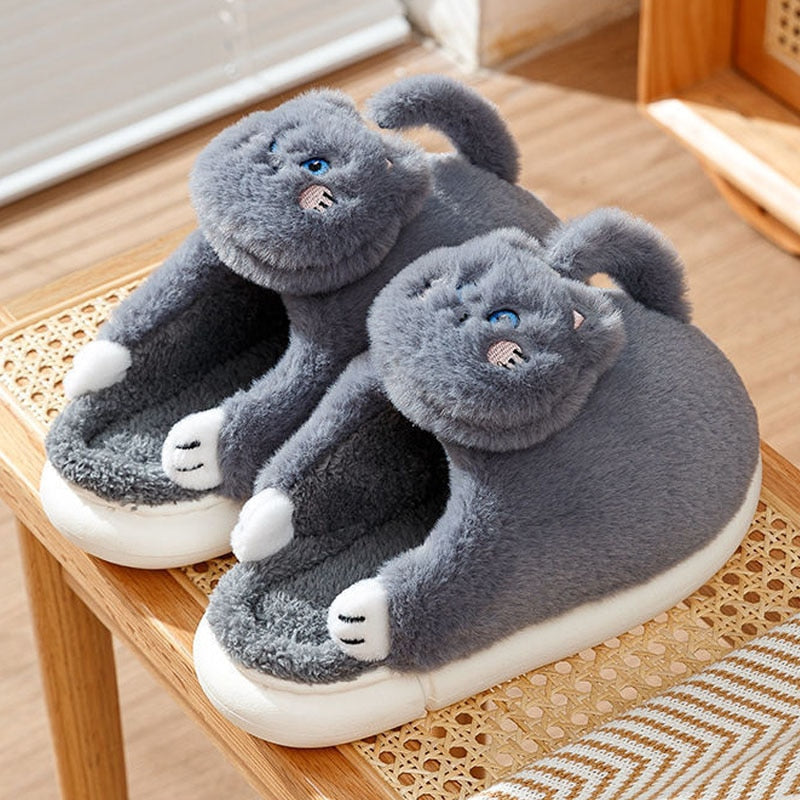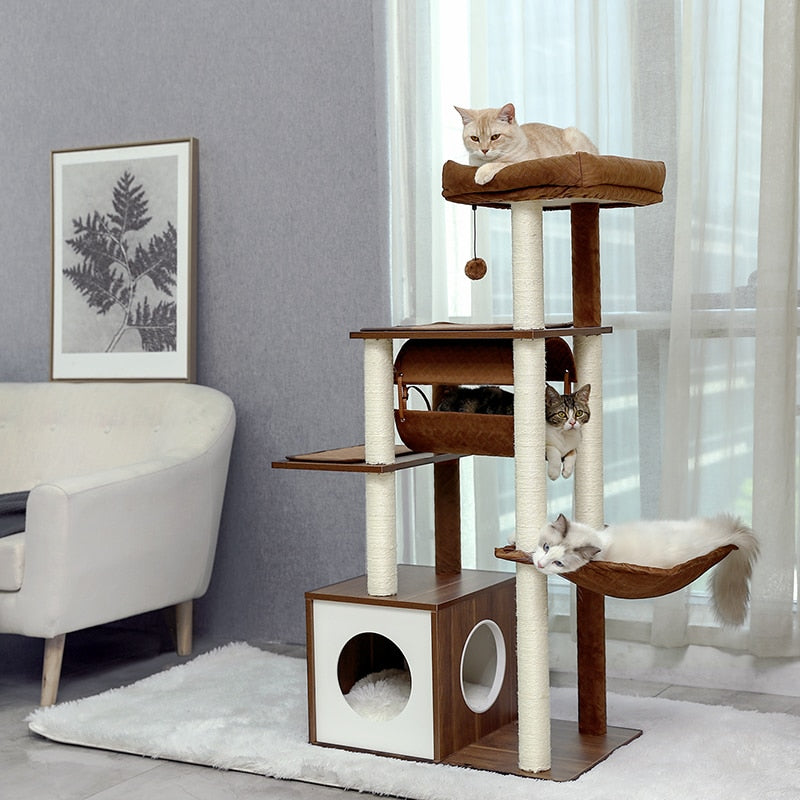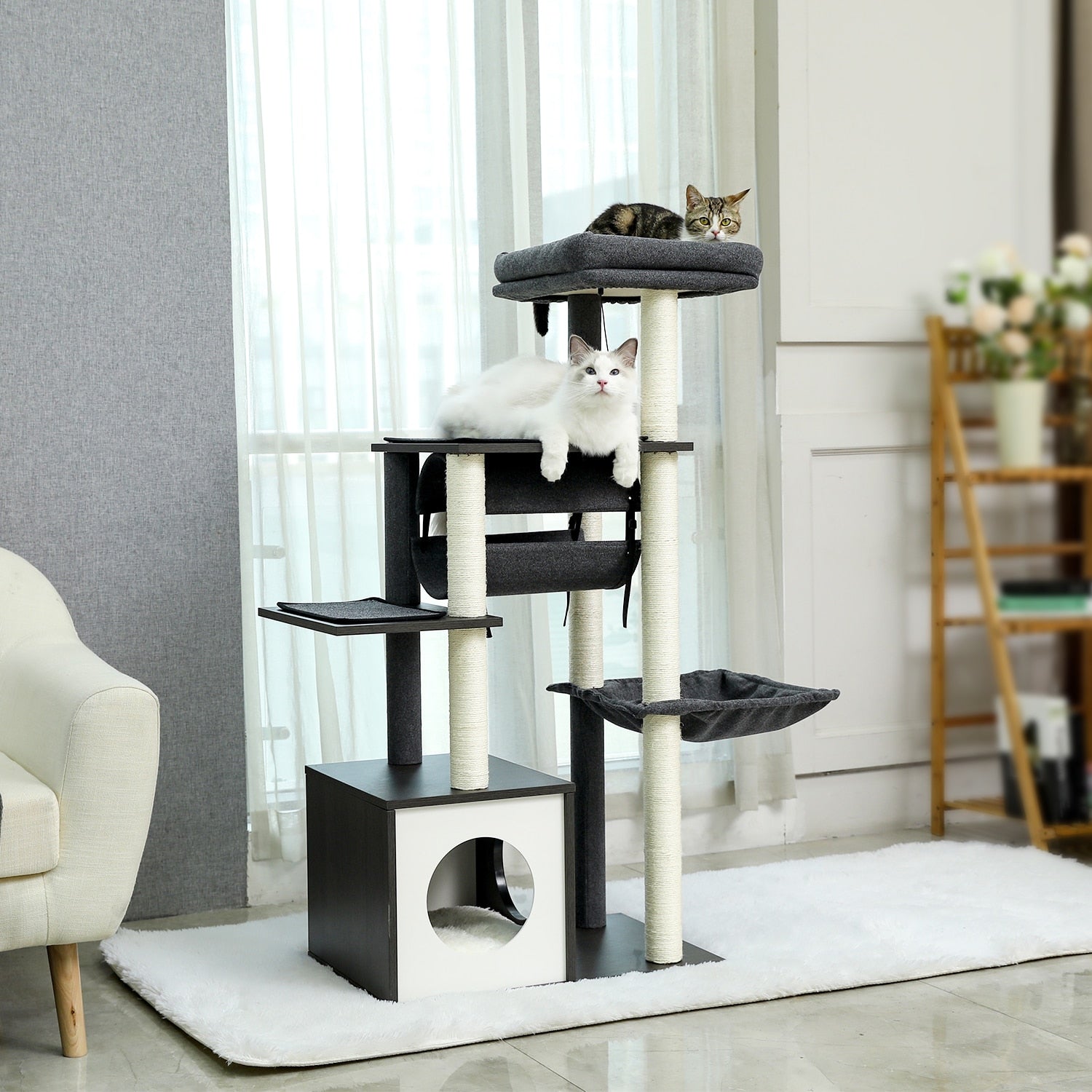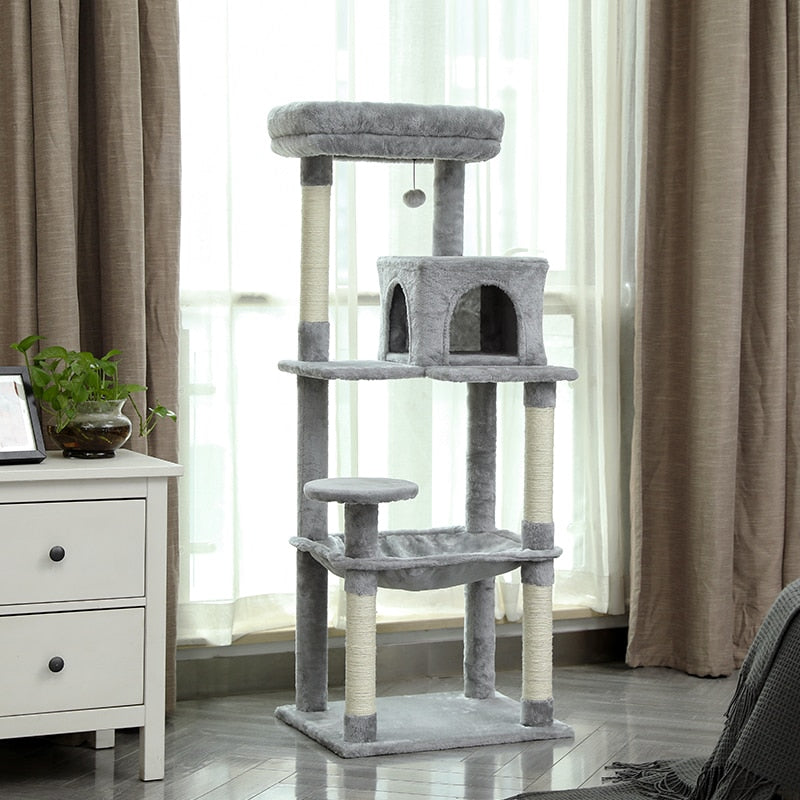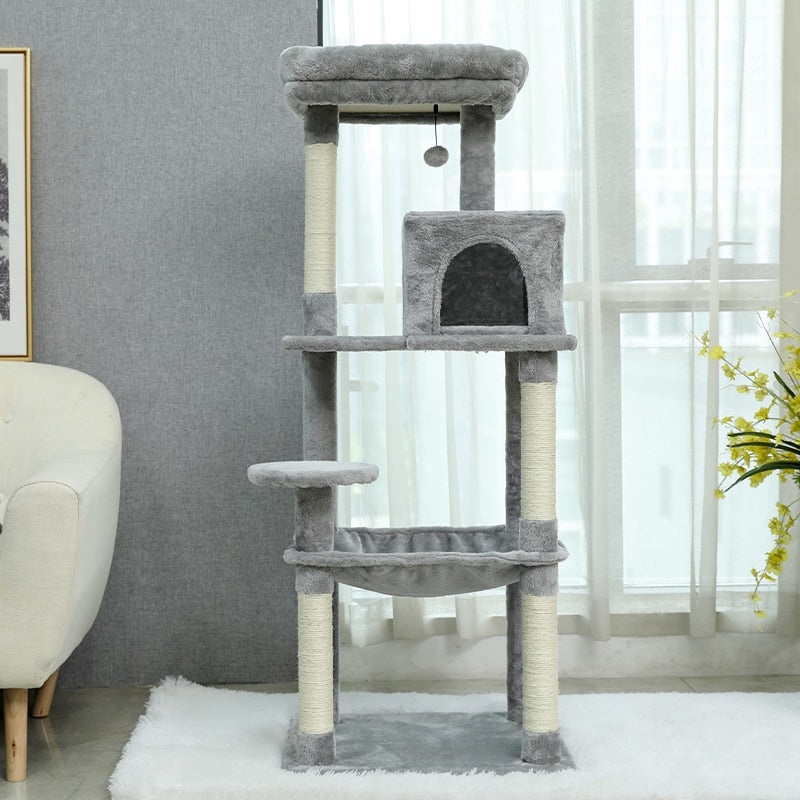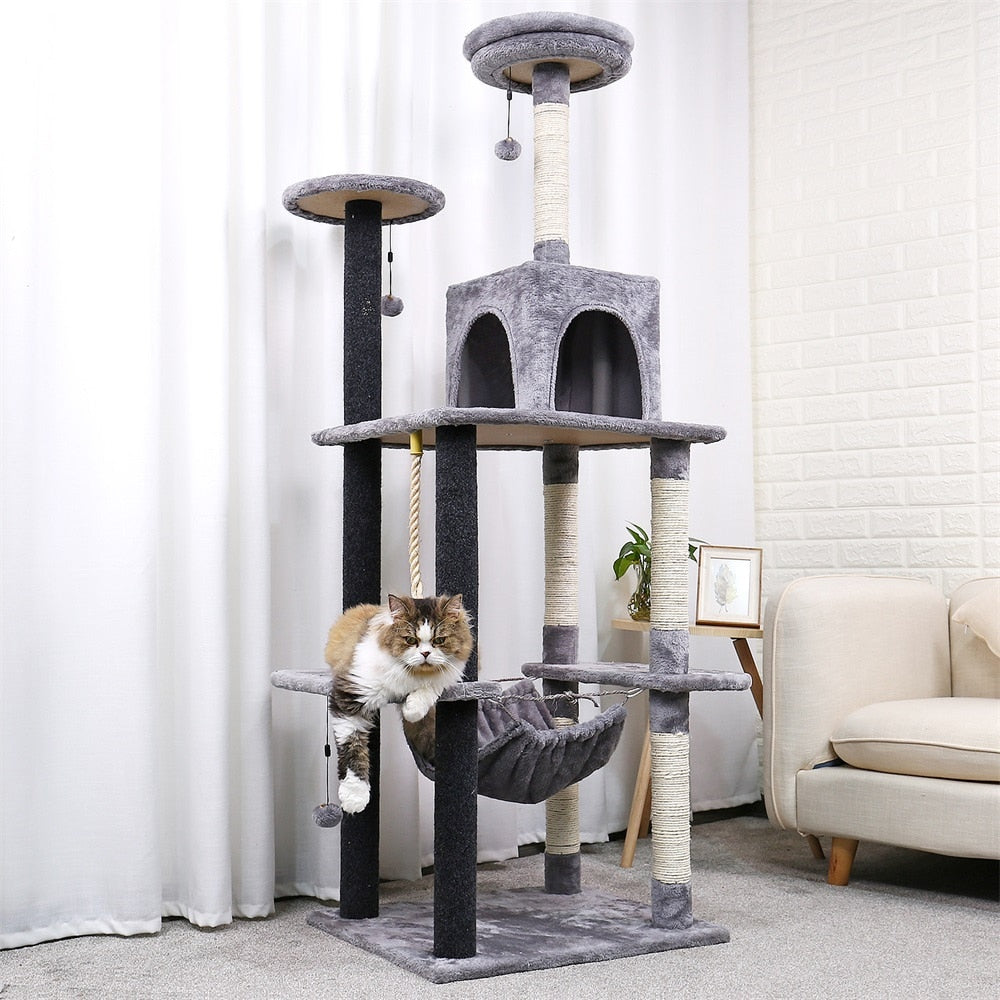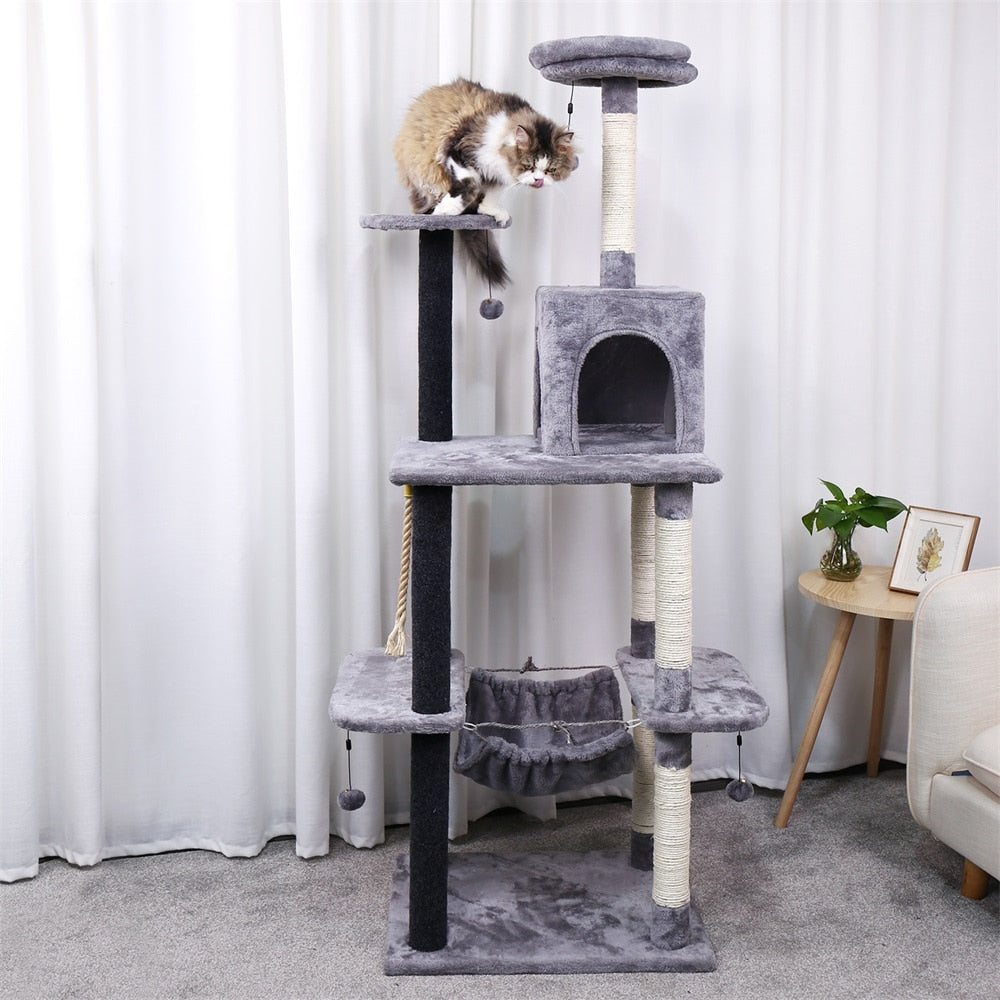What are the diseases related to old age in cats?
Like humans, from a certain age,age, at around 10 years ofcats begin to feel signs of aging. This is manifested in particular by a weakening of his immune system, a drop in muscle tone and mainly in the level of activity.
you will have understood, old age makes the cat very vulnerable, and exposes it to many diseases which, if they are not prevented in time or taken care of quickly, can shorten their life. life expectancy.
Some tips to reduce the risk of developing diseases in aging cats

The quality of a cat's diet, from an early age, has a direct impact on its state of health in old age. A cat that is malnourished during its life will have many health problems in its old age. This is the reason why as a preventive measure, it is strongly recommended that you opt for the healthiest possible diet and which comes as close as possible to the cat's strict carnivore diet.
Cat to the vet
In addition, with your cat's age, from 10 years of age, you should regularly take your cat to the vet for a check-up, at least once a year. But if your cat is showing worrying symptoms it is still important to consult a veterinarian, whether through veterinary advice for cats, a direct consultation or a phone call.
From a certain point, it is also important to ask the question: How much will my old cat cost?
And by that we must understand how much its possible treatments related to the old age of the cat will cost. Will you be able to cope with it or will you have to euthanize it for lack of funds. (Yes it happens). Of course, before thinking about shortening your cat's suffering, plan ahead and opt for a cat mutual that will cover age-related costs.
The main diseases of the older cat
Osteoarthritis and joint disorders
This isan inevitable disease in cats over 10 years old. Indeed, because of old age, the cartilages and bones of your little feline will wear out and will even undergo degenerative internal lesions. This will manifest itself mainly by persistent pain in the joints and also with each movement of the cat.
This will cause your old cat to move as little as possible and to be more and more sedentary. When moving around, you will find that your cat will have a stiff or uncertain gait, lameness, and will be unable to jump. These advanced joint disorders can also cause problems such as a considerable decrease in appetite, causing the kitty to lose weight.
On the other hand, if your cat does not have an appetite problem, his sedentary lifestyle linked to osteoarthritis and joint disorders can instead be the cause of excessive weight gain. In any case, to limit the problems associated with this disease and help the senior kitty get better, you can give him food supplements and watch his diet.
Oral diseases
In old age, your cat's natural defenses are considerably weakened, which makes him very vulnerable to various infections, especially those of the mouth. In addition, like bones, its teeth weaken. Basically, an old cat faces a lot of oral problems including loosening, pronounced development of tartar, gingivitis and even stomatitis, as well as tongue ulcers.
These health problems affecting the oral cavity of your old little feline usually manifest as bad breath, excessive salivation, and the tongue between the teeth. You may also observe significant thirst, difficulty chewing, which may cause the cat to refuse food.
To avoid this, you must regularly administer oral care and hygiene products to your old cat, as well as choose a diet suitable for his advanced age.
Kidney Failure, Stones and Urinary Disorders
With age, a cat's kidneys and urinary system function less and more so that, when it grows old, it is highly exposed to kidney failure and other problems. urinary. The aggravating factors are linked to the diet that the little feline received during his life, for example if he was fed for a long time with poor quality kibble (too rich in minerals such as calcium, phosphorus and magnesium).
When a cat suffers from kidney failure, its kidneys are no longer able to filter blood, retain useful substances and even absorb water.
This is manifested by characteristic symptoms such as drinking and urinating much more than usual, clear, diluted urine, weight loss, less supple skin, a stiff coat, and sometimes even vomiting.
To reduce the risk of developing this type of disease in your cat's old age, you must, from an early age, provide him with a suitable diet, especially with a well-defined level of minerals (magnesium: less than 0.1% , phosphorus: 1%, calcium: between 1 and 3%). Just like getting him used to drinking and leaving him with enough fresh water at his fingertips.
Hyperthyroidism and behavioral problems
The thyroid is a gland located in the neck of the cat, which regulates its hormonal system. At the old age of the cat, this gland can undergo a dysfunction and secrete more hormone than normal : it is hyperthyroidism.
This problem of the thyroid gland, which is very common in old cats, is the cause of behavioral changes in the old feline: it becomes irritable and more aggressive. This disease can also be the cause of weight loss (despite a normal diet), vomiting and diarrhea.
Diabetes, High Blood Pressure, and Other Cardiovascular Diseases
Like humans, older cats are predisposed to many cardiovascular diseases, ranging from diabetes and heart failure to hypertension.
These diseases are due to the degeneration of the cells and organs of the cat, but also to the mode of feeding administered to the cat during its life. It is therefore important to feed your cat with grain-free kibble or containing as little as possible.

